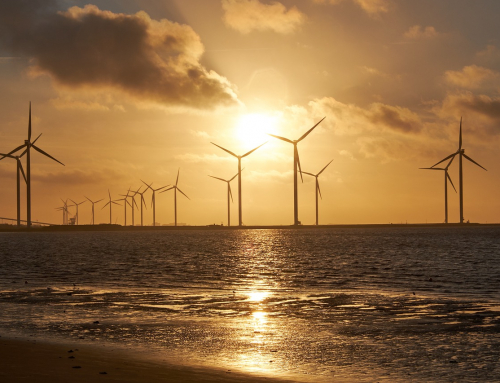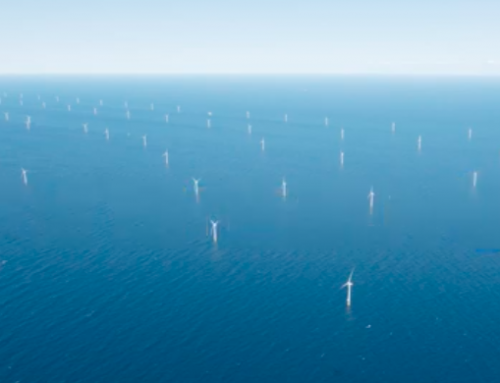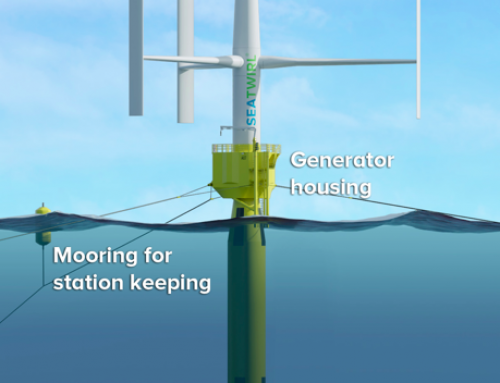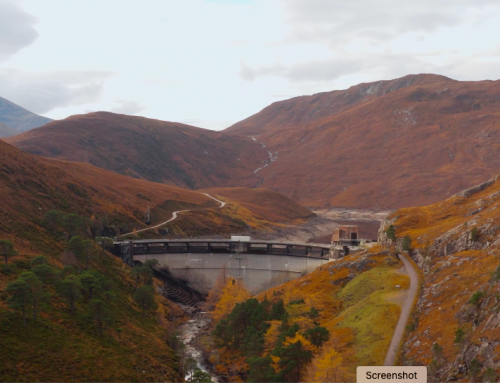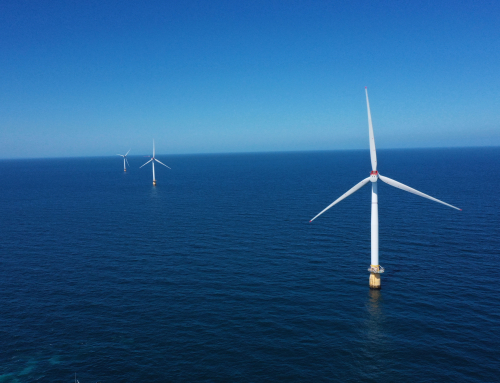By Julian Singer
While most of us were enjoying a few days of sun in the middle of last week, the electricity grid controllers in Wokingham were sweating with anxiety. The same weather conditions that had brought the sun also brought very still conditions. Wind power output dropped to near zero, after been well below average for the previous two weeks and indeed for much of the year.
The normal response would have been to call upon more gas-fuelled power stations to come on line, but wholesale gas prices were at a high so this was not a cost-effective option. The next option was coal-fired power stations, but these need several hours to warm up before they can reach capacity (gas-fired stations, on the other hand, claim to reach full power within an hour). Luckily the grid controllers in Wokingham foresaw the calm conditions and warned the coal-fired stations to be ready in time.
This experience brings home how dependent the UK is on wind power and how difficult it is to remove all dependence on fossil fuels. Solar energy has certainly helped but only provides a small fraction of UK electricity (10 per cent in 2020) and is not, of course, available at night. As a result, we needed coal-fired stations to produce approximately 34GWh of electricity.

Total UK offshore wind output between 14 August and 13 September 2021 (www.crownestate.co.uk)
The chart above shows UK offshore wind power from the month prior to 13 September. Only a few days produce more than the average. If you were planning on offshore wind producing the same average power as in 2020 you would be short by 1.9GW, or 1400GWh over the 30 days. One solution is storage, the main sources at present being pumped hydro and batteries. The current UK capacity of pumped hydro is about 30GWh and that of batteries 3GWh. This is far below what is needed to cover the last month’s low offshore wind output, let alone onshore wind, and is not even enough to replace the coal-fired power station output.
Of course, there are many projects to increase storage capacity, especially with batteries but also with new pumped hydro plants and with many exciting new techniques. However, in the long term and for the very large volumes that are needed for inter-seasonal storage a gas such as hydrogen or nitrogen is probably the most cost-effective solution.
In the nearer term it will be hard to avoid using gas-fired power stations. They exist and respond fast but, as found last week, can be expensive. The wholesale price of gas used to be determined locally because it was not easy to transport, but now with more international pipelines and with tankers able to carry liquified natural gas, prices are international. From a long-term average near 50p per therm the wholesale price has recently risen above 100p partly because of the switch from coal to gas world-wide but also because of a cold winter in Europe and Asia and the recovery from Covid.
One other factor is the shortage of gas storage, with the current UK capacity at around 15000GWh, equivalent to only seven days of supply. Prior to 2018 the North Sea Rough field provided an extra 35000GWh capacity but the owners, Centrica, decided that the facility was no longer safe and the platforms needed to be decommissioned. (Oddly, while this is being investigated, one platform is still producing gas.)
We will still need natural gas for many years, both for residential heating and electric power production. To keep the retail price of both gas and electricity down it would seem worth investing in more natural gas storage so as to buy and store when prices are low. This may not be popular with green warriors unless sites are found that could be eventually converted to hydrogen storage – salt caverns, for example.
Alternatively, with an incentive, UK oil companies might be motivated to convert old producing fields to gas storage. The last thing we need is to run out of natural gas before sufficient renewables are installed.

